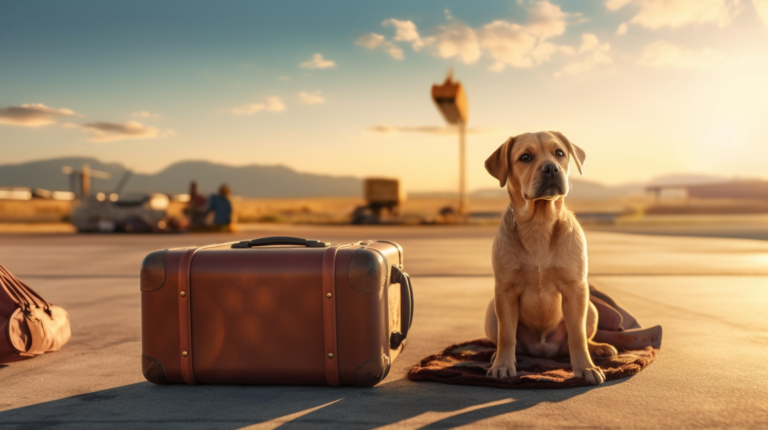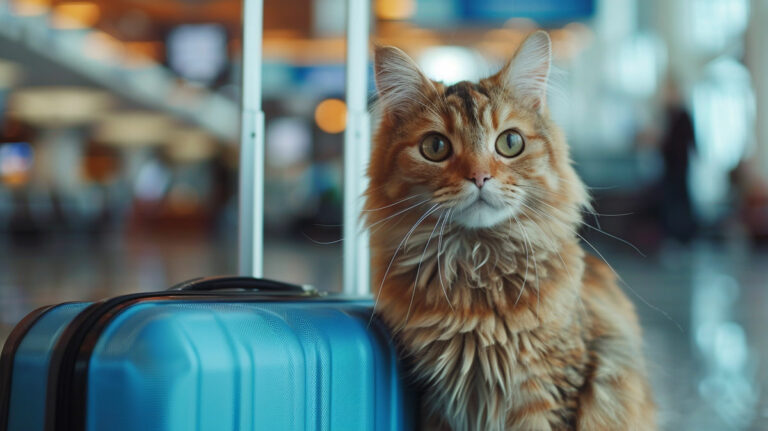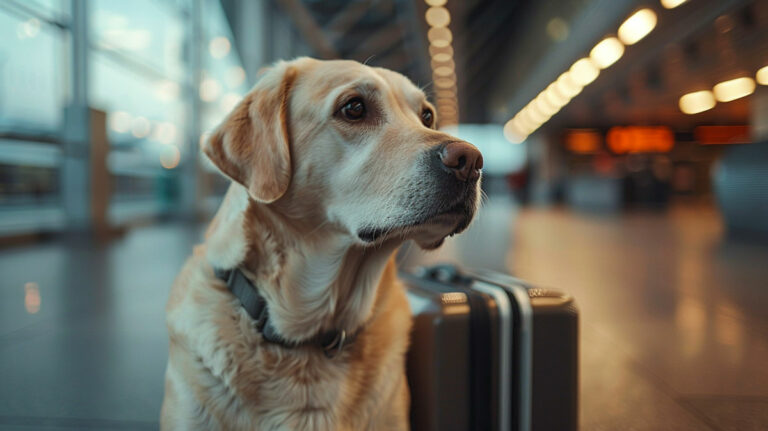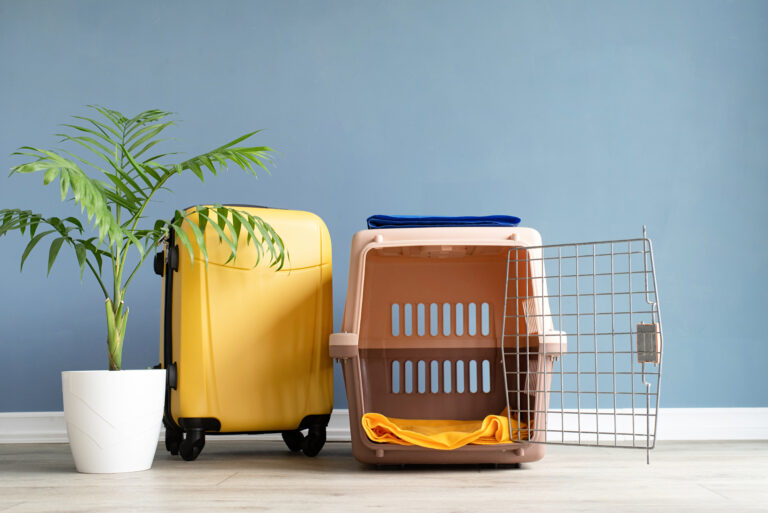Relocating pets is not an easy process for our little companions. Familiar scents, sights, and sounds form the foundation of their sense of security. If the transition itself, including the flight itself, causes them stress and anxiety, then adjusting to the new environment after settling into the new.
In order to assist the pet in its adaptation process, it is first necessary to identify how the transition has affected it. Look for the following signs:
- Intensified abandonment anxiety.
- Constant restlessness or whimpering.
- Marking territory by urinating.
- Prolonged hiding.
- Loss of appetite and avoidance of food.
- Abnormal fur loss and aggression.
You can assume that you will be able to identify at least one or two signs in your pet. There is no need to panic, as flying with a pet is indeed a stressful experience for them, and it is expected that their behavior will change for a short period of time. The most important thing is to be attentive to your pet and notice if they are reacting extremely, and if there is no improvement in their condition after a few days.
Here are some tips that will help you facilitate your pet's adaptation after relocation to a new and faster environment:
Initially, place your pet in a single room with their favorite toys and belongings, especially during the unpacking phase. The numerous changes and chaos that occur during the household organization can create stress for the pet, to the point where they may try to escape due to the pressure.
Maintain consistency - Pets thrive on routine. Pay special attention to the feeding, playtime, and walking schedule of the pet. It is also recommended to designate a dedicated corner in the new home with a bed or toy for the pet, as well as to establish a playtime routine around that corner.
Gradual familiarization - After relocation, a pet wants to take the time to get to know its new environment slowly and at its own pace. A cat may inspect each wall and drawer before starting to roam freely around the new house, and a dog may need several walks to become familiar with the neighborhood you have moved to. It is recommended to introduce them gradually to each other, and to any other dogs, in a gradual manner.
Find a veterinarian in your new area - After a few days of adjustment, take your pet to a nearby veterinarian. There are many websites that provide recommendations for reliable and reputable veterinary services, where you can quickly find a trustworthy veterinarian to care for your furry companion.
Before the examination, consider the impression that your pet's behavior has made on you since the preparations for the transition and the flight, and share this information with the veterinarian. Take advantage of this opportunity to inquire about the local regulations regarding pet ownership and the services that the city provides.
As mentioned, every pet will require a certain adjustment period after relocation. Expect a few weeks of adaptation to the new environment and be patient. Eventually, the new life will become a habit for your pet.



